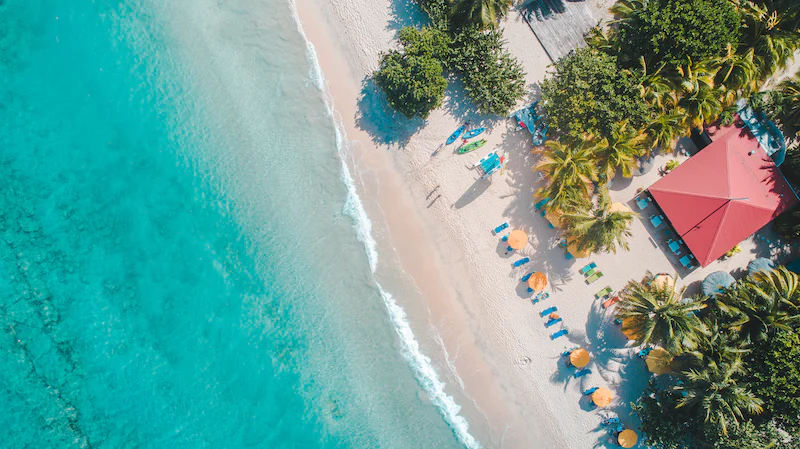Recreational properties in Canada rose in value by 11.5% year-over-year through the first three quarters of 2020, and are expected to increase by another 8% in 2021, according to a report from Royal LePage.
The average single-family homes in recreational markets reached $453,046, while condos increased by 9.7% to $280,830. Waterfront properties saw the most growth, increasing by 13.5% to $498,111.
The COVID-19 pandemic is the biggest reason for the increase, stated the report. Eighty-six percent of the country’s recreational property regions reported that demand had outstripped supply and led to lower inventory, and 54% reported considerable growth in buyers who are purchasing the properties as their primary residences from which they will work remotely.

The report also noted that an upsurge in retirees, many of whom have fled cities for serene pastures, contributed to the popularity of recreational properties through the first nine months of the year.
“The pandemic has affected enormous economic and health challenges upon the nation; it has also opened a world of possibility for thousands of Canadians,” , said in the report. “On lake and on sea, upon soaring mountain tops and on expansive farmlands, many Canadians are embracing a bold, new work-from-home doctrine: ‘I can live anywhere in this huge land.’
“In addition to the new wave of pandemic-era buyers, simple demographics have been buoying the exurban market as more and more of the retire. Interest in all types of recreational property is soaring, and I have never seen the number of cottages, cabins, chalets and farmhouses for sale at such a low level relative to demand.”
In Ontario’s recreational property market, the average price of a single-family home grew by 20% year-over-year in the first nine months of 2020 to $450,127, followed by waterfront properties increasing by 16.7% to $571,266, and condos rising by 17.6% to $253,055. The report said the province’s recreational property market, particularly in Muskoka, has been booming for the last few years, driven in large part by retiring baby boomers who have been snapping up inventory. It, therefore, appears that the pandemic has accelerated a trend that was already well underway.
According to the , which comprises Parry Sound, Muskoka, Haliburton and Orillia, cottage purchases rose by 10% in the last couple of years before shooting up by 18% in 2020. In Parry Sound, Muskoka and Haliburton, cottage transactions have grown by 25%, 23% and 15%, respectively.
“We find the majority of buyers are coming from major centres, such as the GTA and surrounding areas with COVID restrictions in place, and with companies restructuring, who needs to be in the office? Working from the cottage has become much more viable,” said Chuck Murney, president of the Lakelands Association of Realtors.
“The majority who have invested in cottage country haven’t done so on a whim. They contemplated this for some time and COVID has just been the trigger to move up their plans. With a vibrant cottage community throughout Lakelands areas, and with government investment in internet capabilities, rural areas will continue to grow.”
In Quebec’s recreational market, the average single-family home’s value rose by 14.7% year-over-year through the first three quarters of the year to $236,628, according to the Royal LePage report, while waterfront properties increased by 15.1% to $255,502, and condos grew by 13.1% to $236,187.
Not every recreational property market in the country reported growth, though. The aggregate price of a single-family home in Alberta declined by 7.6% to $724,921 in the first nine months of 2020 compared to the same period in 2019. The report explained that smaller, affordable homes were built and satisfied market demand at the same time that the luxury property market softened. However, the average price of a waterfront property in Alberta increased by 7% annually in the first nine months of 2020 to $506,607.
Neil Sharma is the Editor-In-Chief of Canadian Real Estate Wealth and Real Estate Professional. As a journalist, he has covered Canada’s housing market for the Toronto Star, Toronto Sun, National Post, and other publications, specializing in everything from market trends to mortgage and investment advice. He can be reached at neil@crewmedia.ca.









